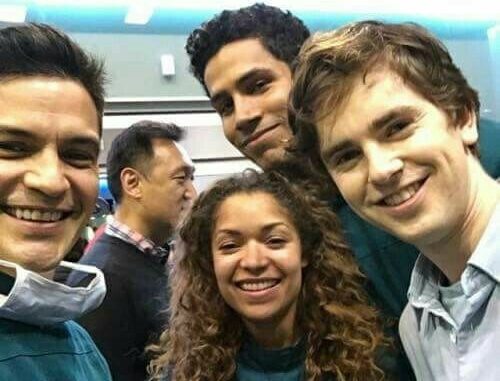
In a television landscape flooded with flashy characters and over-the-top performances, The Good Doctor stands out for a singular reason: Freddie Highmore. With a quiet intensity that doesn’t clamor for attention, Highmore has crafted one of the most compelling portrayals of autism ever seen on screen. But it’s not just what he says as Dr. Shaun Murphy—it’s what happens behind his eyes.
Shaun doesn’t need grand speeches. His thoughts unfold in glances, in pauses, in subtle tilts of the head. And that’s where Freddie Highmore’s genius lies. He doesn’t act from the outside in—he becomes. You believe that Shaun is constantly processing, feeling, calculating—even when he’s standing still. It’s this quiet power that draws viewers in and holds them there, week after week.
Highmore, who also serves as a producer and occasionally directs episodes of The Good Doctor, brings an intricate understanding of the character to every frame. His portrayal is empathetic without being sentimental, intense without being overwhelming. It’s a performance that respects the complexity of autism, not reducing Shaun to a stereotype, but allowing him to be brilliant, flawed, funny, and deeply human.
One of the show’s most memorable strengths is how it frames the world through Shaun’s eyes—sometimes literally. The medical diagrams that flash on screen when Shaun’s mind goes to work are visual clues to a deeper truth: the world sees Shaun as different, but through his eyes, we begin to question who really understands more.
Freddie Highmore has taken on one of the most challenging roles in television and made it look effortless. But behind that calm exterior is a storm of skill, heart, and preparation. He’s not just playing a doctor—he’s opening a door into a mind that often goes unseen. And in doing so, he’s changed how we see the world.
